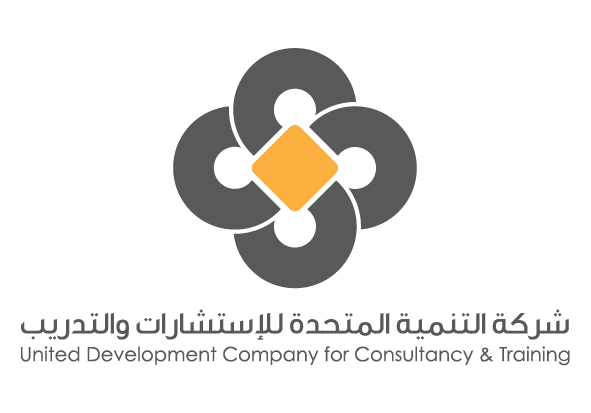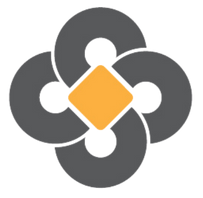
- This course has passed.
Safety in Process Equipment Design & Operation
October 7, 2024 @ 9:00 am - October 11, 2024 @ 3:00 pm
KD 1,950
Introduction
This Safety in Process Equipment Design & Operation training course provides an overview of important elements of process safety as they are often encountered in today’s industrial practice. The emphasis is on engineering design aspects of Process Safety Management and it will highlight the safeguarding aspects of processing equipment inside the plant. Techniques for analyzing and mitigating process safety hazards applicable to Oil & Gas processing will be reviewed. Integration of the concepts required to achieve an optimum approach to Process Safety Engineering is the main goal of this training course. Exercises and useful examples will be utilized throughout the training to emphasize the key learning points.
Objectives
At the end of this Safety in Process Equipment Design & Operation training course, the participants will be able to:
• Understanding different aspects of process design that influence process safety
• Appreciate “inherently safer design” for the entire process plant operation
• Evaluate mechanical integrity of process equipment
• Identify hazards associated with process fluids regarding impact on material degradation
• Follow code requirements for sizing relief valves to handle relief streams
• Operate Emergency De-Pressuring Systems (EDP) in case of fire and gas explosions
Course Outline
DAY 1
Overview of Safety in Process Design
• Definition of Safety in Process Design
• Overview of Historical Incidents and Problem Areas
• Components of Process Safety: People, Plant, Process
• Risk Identification and Safety Analysis
• Process Hazard Analysis: HAZOP, LOPA, FMEA
• Hazards Associated with Specific Plant Systems
• Elimination of Hazards through Process Design
• Prevention of Human Error through Process Control and Monitoring
DAY 2
Inherently Safer Design
• Inherently Safer Design Methodology
• Pre-Design and Design Phases
• Materials of Construction and Optimized Fabrication
• Hazard Associated with Process Fluids and Chemical Reactions
• Corrosion, Erosion and Material Degradation
• Leakage and Loss of Primary Containment
• Dispersion of Hydrocarbon Release
• Flammability of Chemicals
DAY 3
Safety of Process Equipment
• Hazard Associated with Process Equipment
• Safety Considerations in Reactor Design
• Design Procedure for Safety of Pressure Vessels, Storage Tanks, Reactors, Heat Exchangers
• Venting of Tanks and Vessels: Codes, Standards and Best Practices
• Piping System Design and Safety
• Design of Piping System Accessories: Valves, Fittings, Supports
• Assessment of Material Degradation during In-Life Cycle: Fitness for Service
• Monitoring, Testing and Inspection (NDT)
DAY 4
Design of Pressure Relief Systems
• Design of Safety Valves
• Operation of Pressure Relief System
• Calculation and Sizing of Relief Loads of Pressure Relief Systems
• Pressure Relief Valves vs. Rupture Discs
• Codes, Standards and Best Practices
• Specifics of Pressure Relief Systems for Pumps, Compressors, Turbines
• Process Plant Disposal Systems
• Disposal Hazards, Risk Assessment and Environmental Factors
DAY 4
Process Monitoring and Control
• Safety Instrumented Systems
• Process Plant Monitoring and Control System: SCADA
• Emergency Depressurization Systems (EDP)
• Prevention of Fire and Gas or Dust Explosions
• Safety Consideration in Plant Layout and Equipment Spacing
• Management of Change and Integrity Operation Window
• Plant Equipment Inspection and Maintenance Procedures
• Final Conclusions



